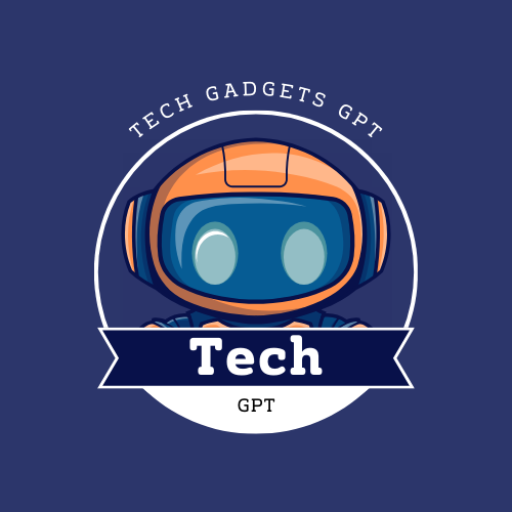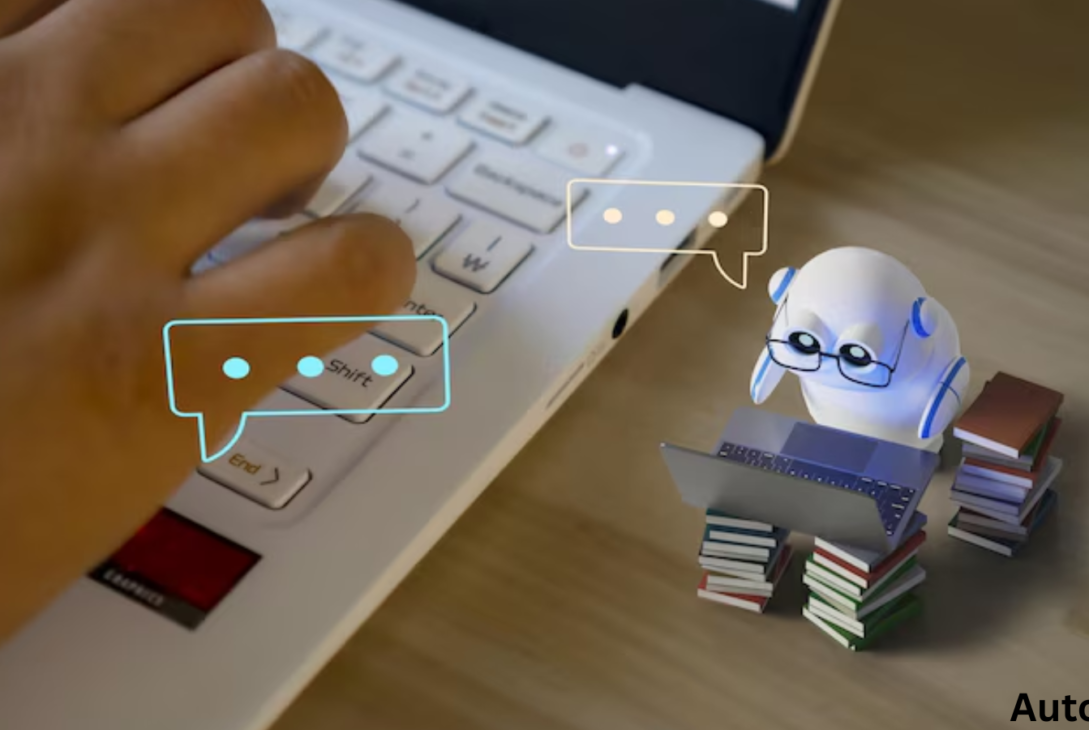Table of Contents
AutoGPT is one of the most exciting breakthroughs in artificial intelligence. Built on top of GPT-4, it doesn’t just respond to your prompts—it thinks ahead. With AutoGPT, AI becomes more than a tool; it becomes an autonomous agent capable of planning, deciding, and executing complex tasks without constant human input.
In this beginner-friendly guide, we’ll walk you through everything: what AutoGPT is, how to use it, how to install it from GitHub, how to run it online, and what makes its AI architecture so unique.
What is AutoGPT?
AutoGPT is an open-source autonomous AI agent developed by Toran Bruce Richards. Unlike traditional AI models that require step-by-step instructions, AutoGPT can independently plan and execute tasks to achieve a specified goal. It leverages OpenAI’s GPT-4 or GPT-3.5 APIs to process information, make decisions, and take actions without continuous human guidance.
Key Features:
- Autonomous Task Execution: Breaks down complex goals into manageable sub-tasks and completes them sequentially.
- Internet Access: Retrieves real-time data to inform its decisions.
- Memory Management: Maintains short-term memory to provide context for ongoing tasks.
- Multimodal Input: Processes both text and images, enhancing its versatility.
- File Handling: Organizes and stores files for future reference.
AutoGPT’s ability to operate independently makes it a powerful tool for automating workflows, conducting research, and even developing software applications.
How to Use AutoGPT Online: Beginner Options
You don’t need to be a coder to try AutoGPT. Several platforms let you run it online:
1. AgentGPT and GodMode (Browser-Based Options)
These tools allow you to access AutoGPT online without installing anything:
| Platform | Type | Requires Coding | Best For |
|---|---|---|---|
| AgentGPT | Browser tool | ❌ No | Testing simple AI agents |
| GodMode | Browser tool | ❌ No | Non-developers |
These platforms are great for exploring AutoGPT’s potential without technical barriers.
H2: Installing AutoGPT from GitHub (For Developers)
For advanced users who want full control, installing AutoGPT from GitHub is the way to go.
🔹 H3: Step-by-Step GitHub Installation Guide
- Install Python 3.8+ and Git
- Get an OpenAI API Key
- Clone the Repo from GitHub, bashCopyEdit
git clone https://github.com/Torantulino/Auto-GPT.git - Install Dependencies nginxCopyEdit
pip install -r requirements.txt - Configure
.envfile with your API keys - Run AutoGPT bashCopyEdit
python scripts/main.py
Pro Tip: Use Docker for smoother installation and environment control.
Inside AutoGPT’s Architecture: How It Thinks
AutoGPT’s AI architecture is what sets it apart from other AI tools.
Key Components of AutoGPT Architecture
| Component | Function |
|---|---|
| GPT-4 | Brain for reasoning and text generation |
| Memory Module | Stores short-term and long-term memory |
| Task Manager | Breaks goals into subtasks |
| Internet Access | Fetches real-time data from the web |
| File Storage | Saves research and documents for future use |
AutoGPT also uses vector databases like Pinecone for long-term memory and can access tools like ElevenLabs to generate voice output.
Real-World Applications of AutoGPT
AutoGPT’s versatility makes it applicable across various domains:
🔹 Content Creation
- Blog Writing: Generates well-structured articles on specified topics.
- Social Media Management: Crafts posts and schedules them for publication.
🔹 Market Research
- Data Analysis: Gathers and interprets market trends.
- Competitor Analysis: Evaluates competitors’ strategies and performance.
🔹 Software Development
- Code Generation: Writes and debugs code based on project requirements.
- Testing: Develops and executes test cases to ensure software quality.
🔹 Personal Assistance
- Task Management: Organizes schedules and to-do lists.
- Information Retrieval: Provides summaries and answers to queries.
By automating these tasks, AutoGPT enhances efficiency and frees up time for more strategic activities.
The Role of AI Agents in AutoGPT
At the heart of AutoGPT are AI agents—autonomous entities that perform specific tasks to contribute to the overarching goal.
🔹 How AI Agents Operate:
- Goal Definition: The user specifies a high-level objective.
- Task Decomposition: The AI agent breaks down the goal into sub-tasks.
- Execution: Each sub-task is executed in sequence, with the agent making decisions based on real-time data and context.
- Iteration: The agent evaluates the outcomes and adjusts its actions as needed.
This agent-based approach enables AutoGPT to handle complex, multi-step processes efficiently.
Advantages and Considerations
✅ Benefits:
- Autonomy: Reduces the need for constant human input.
- Scalability: Handles multiple tasks simultaneously.
- Adaptability: Adjusts actions based on real-time feedback.
Considerations:
- Accuracy: May produce errors if not monitored.
- Resource Usage: Continuous operation can consume significant computational resources.
- Security: Ensure proper safeguards to prevent misuse.
Understanding these factors is crucial for effectively integrating AutoGPT into your workflows.
Visualizing AutoGPT’s Workflow
To better grasp how AutoGPT functions, consider the following flowchart:
cssCopyEdit[User Input] → [Task Decomposition] → [Sub-task Execution] → [Evaluation] → [Goal Achievement]
This linear progression illustrates how AutoGPT transforms a simple input into a series of actions leading to the desired outcome.
Frequently Asked Questions (FAQs)
What is AutoGPT?
AutoGPT is an open-source AI agent that autonomously performs tasks by breaking down goals into sub-tasks and executing them using OpenAI’s GPT models.
How do I install AutoGPT?
You can install AutoGPT by cloning its GitHub repository, installing the necessary dependencies, configuring your environment variables, and running the application. Detailed instructions are available in the AutoGPT Documentation.
Can I use AutoGPT without coding?
Yes, platforms like AgentGPT and GodMode allow you to interact with AutoGPT agents through a web interface without any coding.
What are the use cases for AutoGPT?
AutoGPT can be used for content creation, market research, software development, personal assistance, and more, making it a versatile tool for various applications.
Conclusion
AutoGPT represents a significant leap in AI capabilities, offering autonomous task execution that can revolutionize the way we work and interact with technology. Whether you’re looking to automate mundane tasks, conduct in-depth research, or develop software, AutoGPT provides a robust platform to achieve your goals efficiently.
It’s not perfect, but it’s a bold step toward AI that works for you, not just with you.





